I don’t quite catch the number on which one of the 13 gates that lead into Skoda’s Mladá Boleslav factory we enter by. But as we do, we drive into a car plant that’s bigger than Monaco.
Not just this Czech city but this very site has been home to Skoda – or Laurin & Klement as it was in 1895 – for 130 years.
Today, the original factory buildings house a museum and cafe. There are exposed beams and wooden floors and it’s atmospheric in a way that is of course impossible to replicate in the vastness of a facility that can turn out up to 4000 cars a day. In 1895, around 15,000 people lived in the town. Today, nearly 30,000 of the 40,000-plus work at Skoda alone.
On the approach road to whichever gate it is, cranes behind high fences to our left lift steel scraps and offcuts into crushers for recycling; while to our right, under construction, are large-capacity biomass silos, part of a powerplant that once complete will reduce the factory’s CO2 by 290,000 tonnes a year while providing heating for city residents, not just the car-making facility.
The oldest part of the city dates from the ninth century: they would have burnt wood for heat then too – albeit not with an efficiency and air quality afforded by biomass boilers – so some historic things don’t change. Some 168 metres above ground, on one of the current powerplant’s chimneys, are nests built for peregrine falcons, to which raptors have returned since 2014 and raised 21 chicks. (There’s even a webcam.)
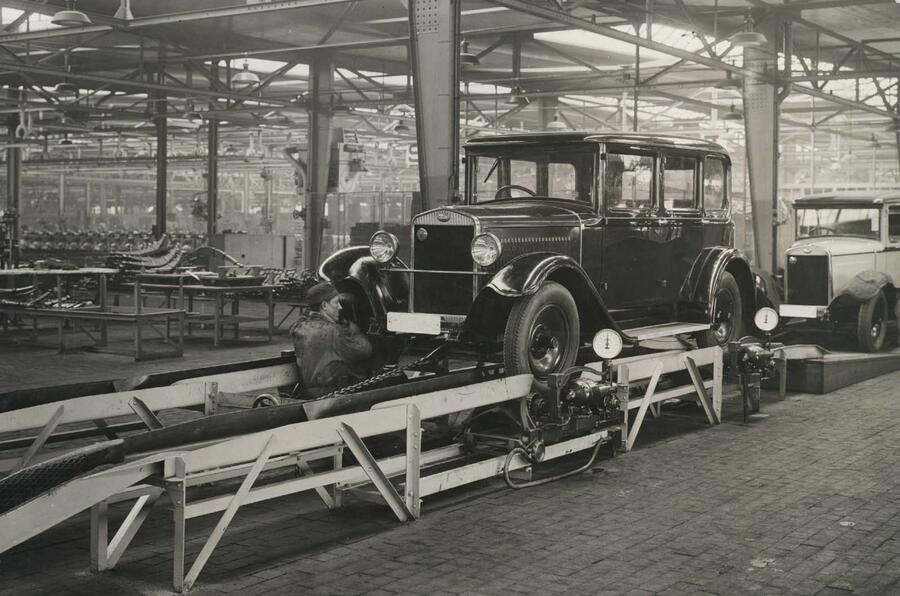
Our minibus steers us past security barriers – just one vehicle among 1800 lorries that go through the various gates daily – and we find ourselves inside. Not that one would necessarily feel like one is ‘inside’ anything.

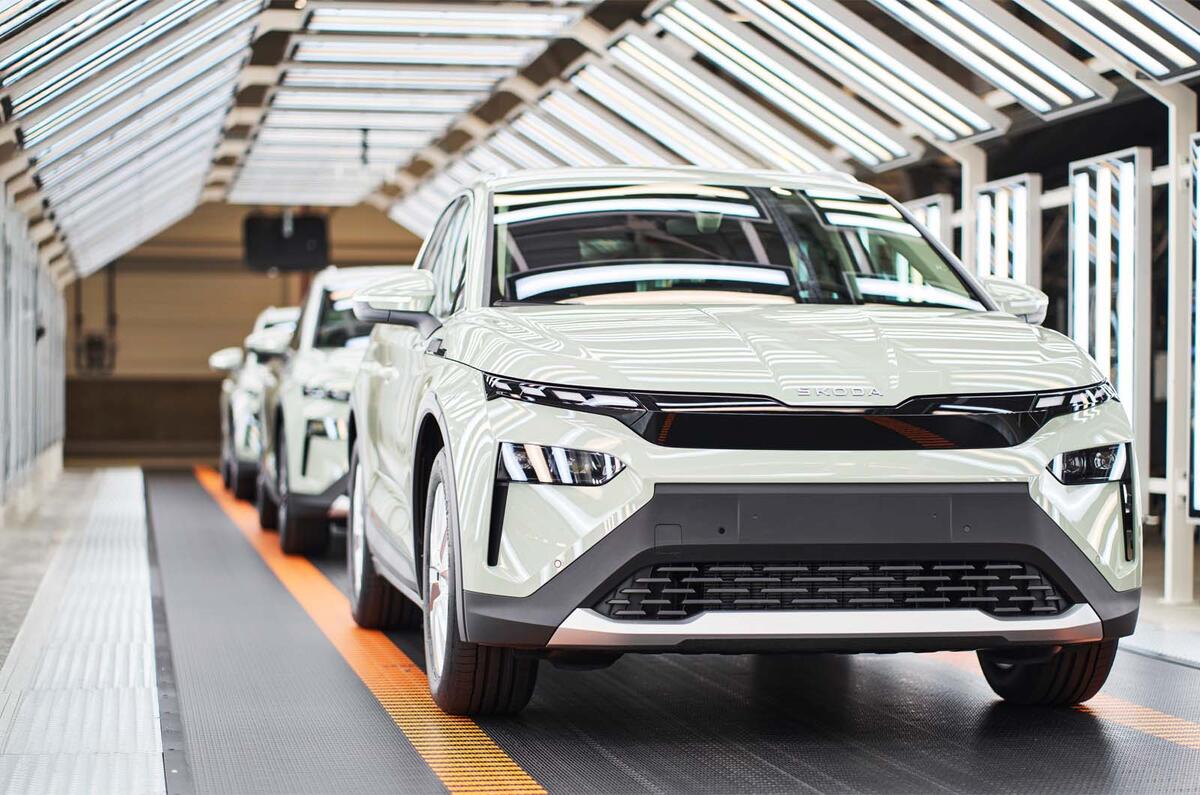
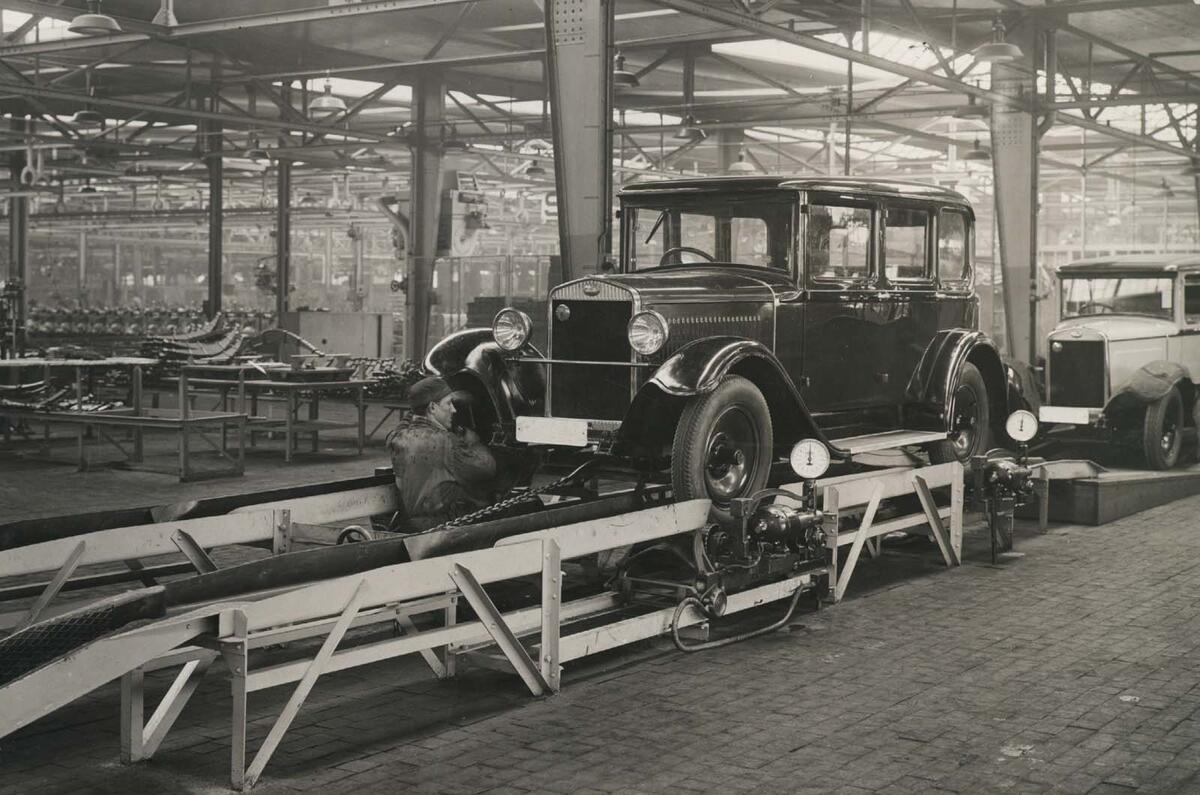
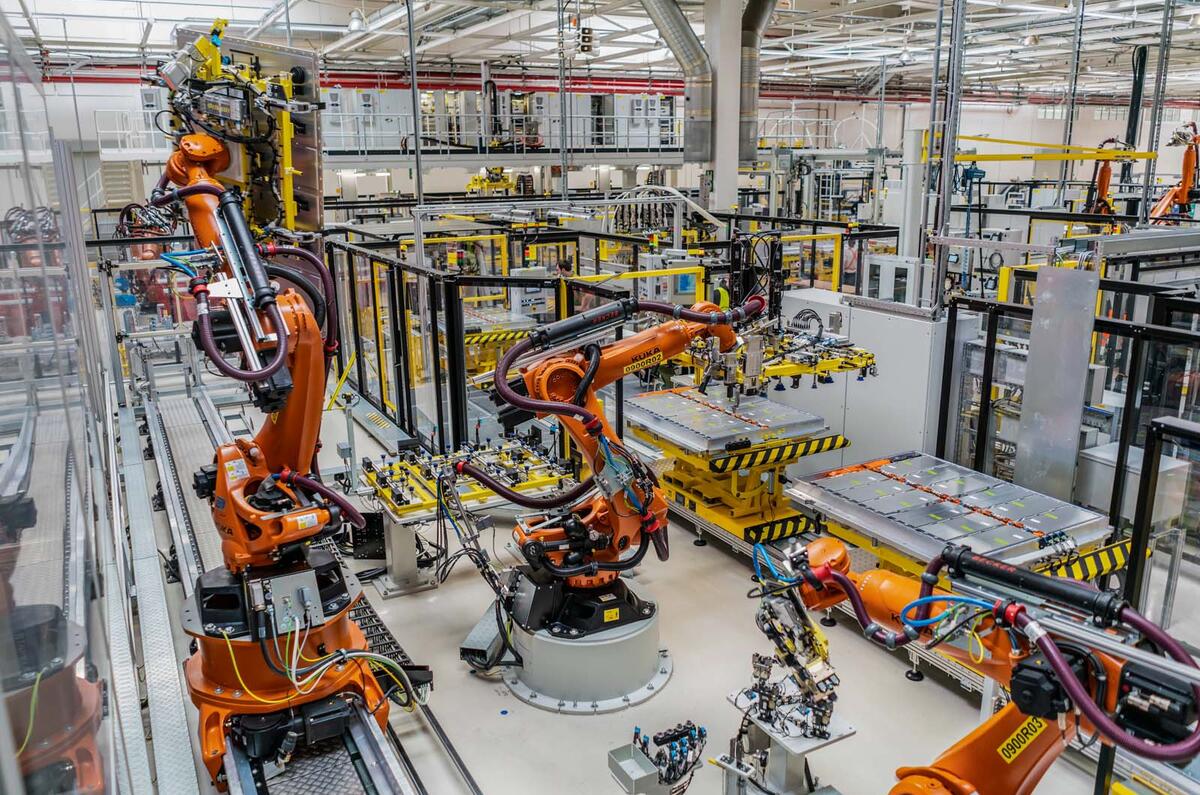
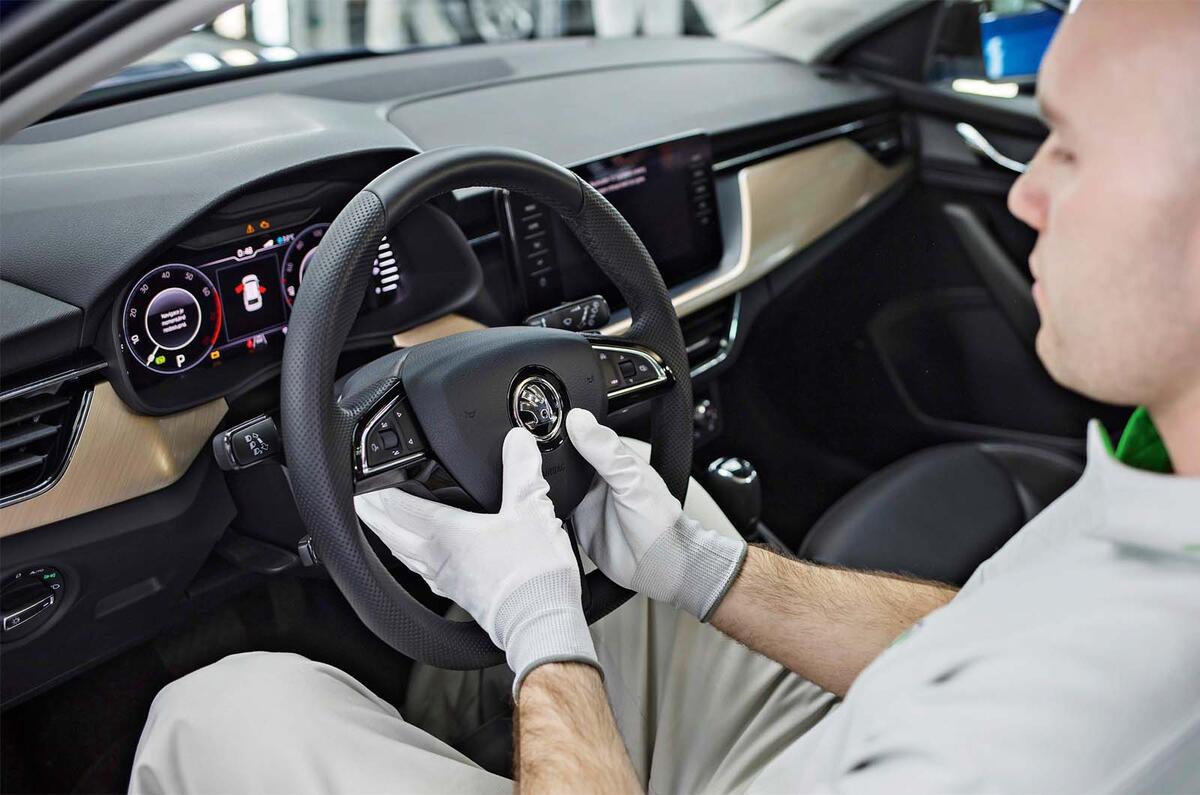

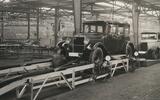
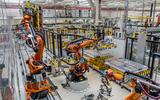
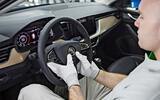



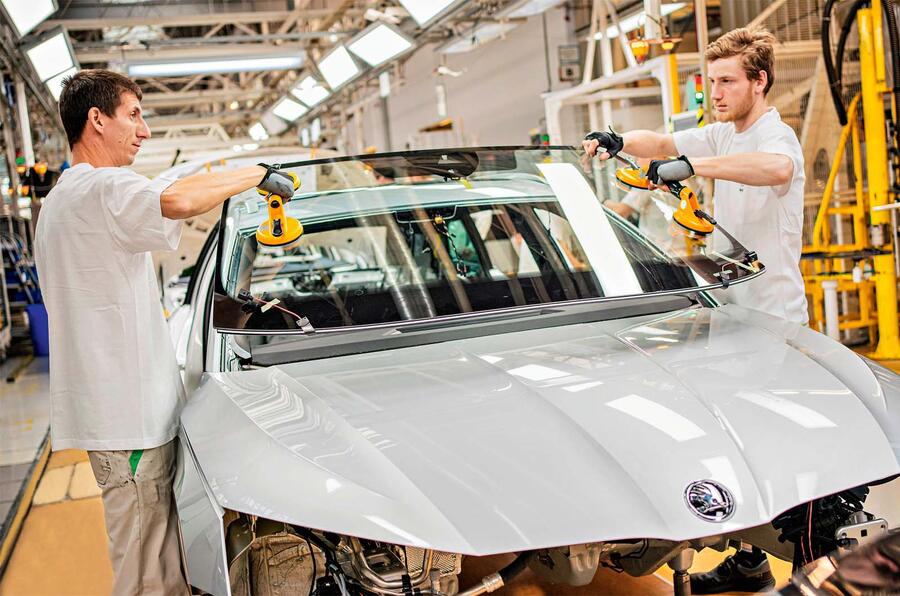
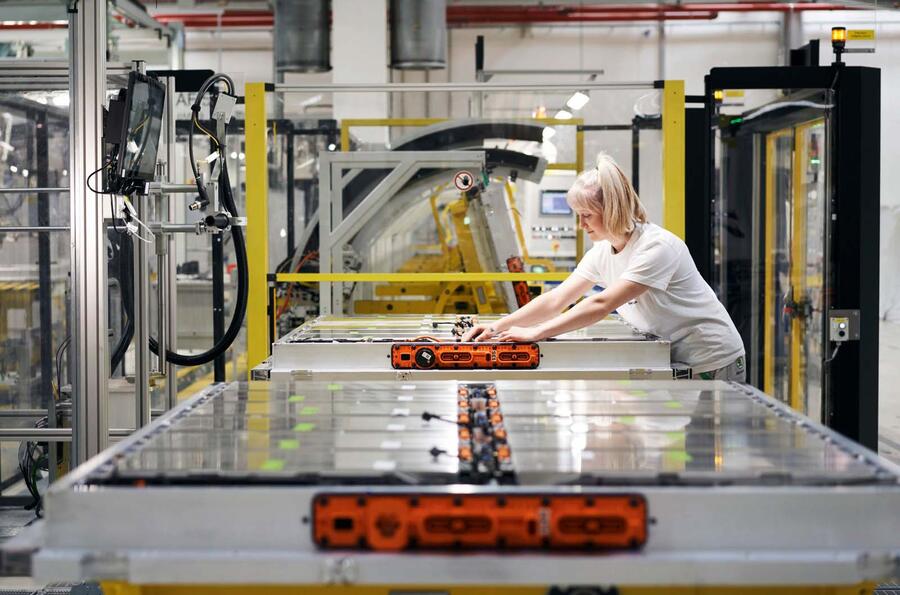
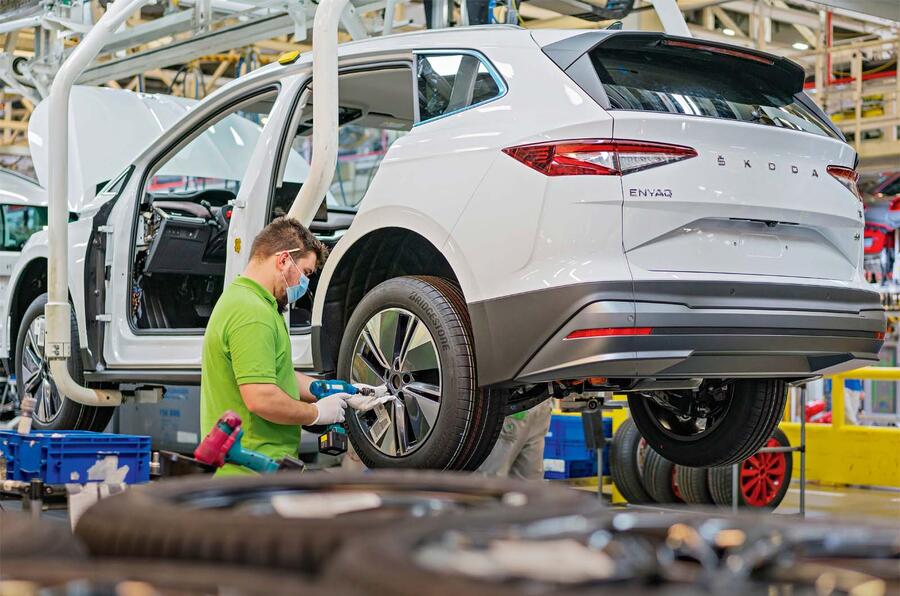
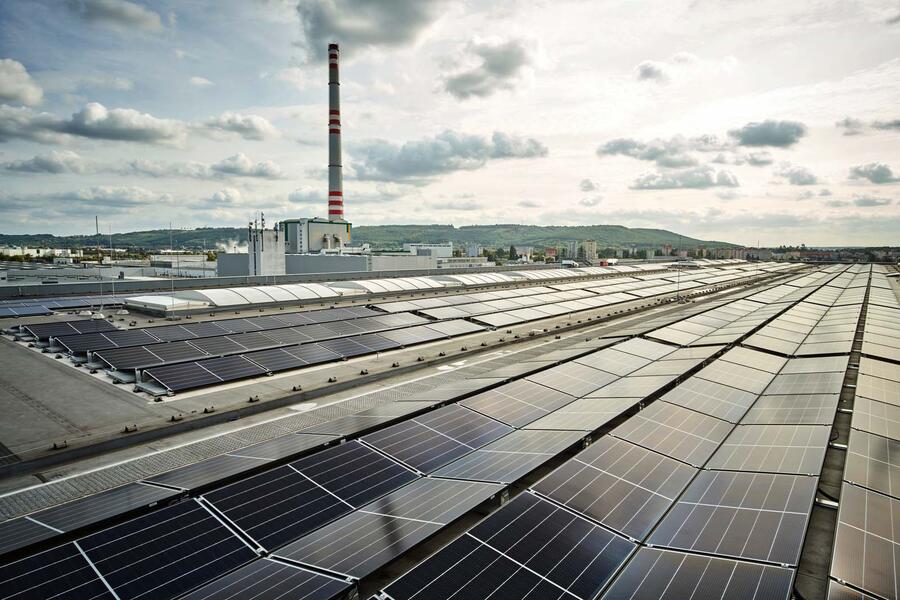
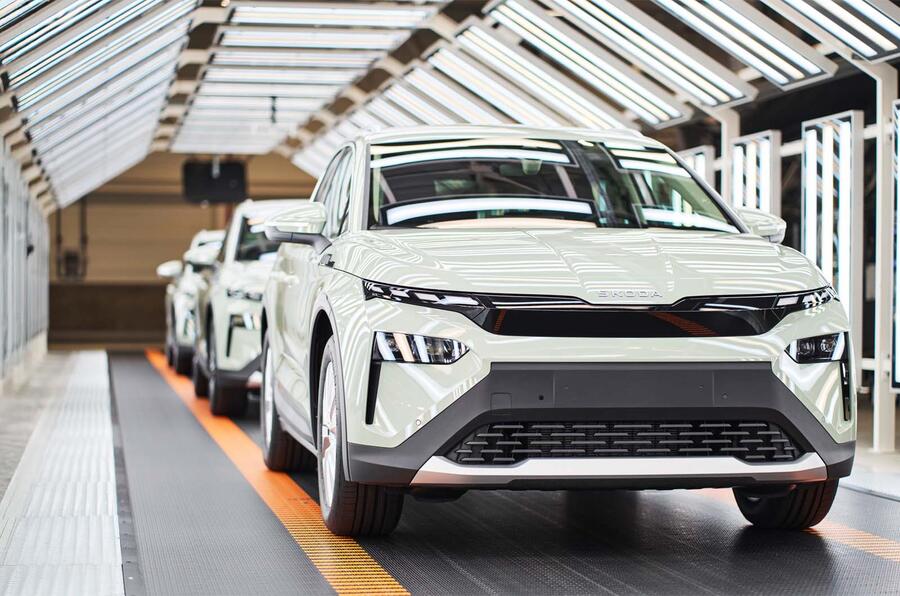
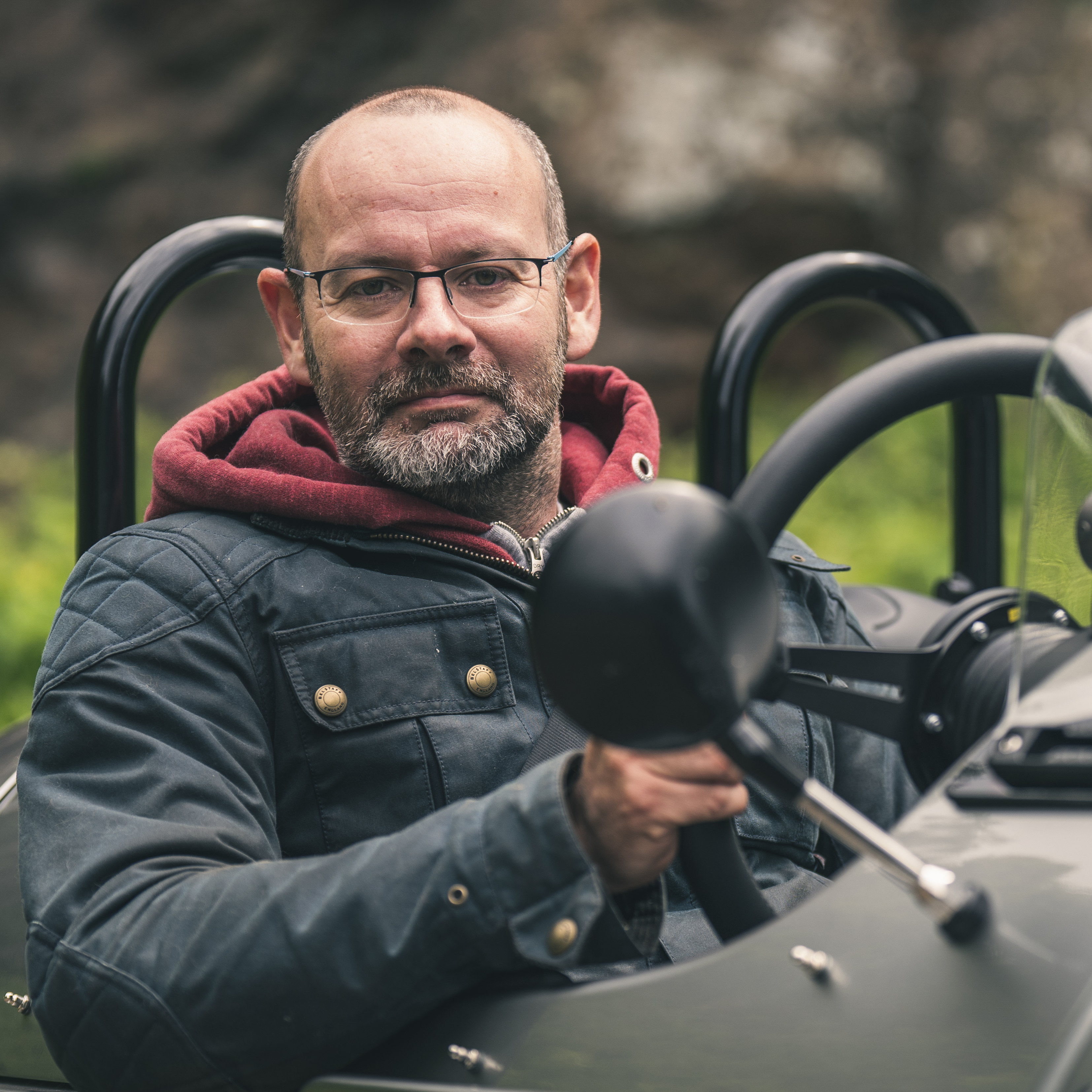



Join the debate
Add your comment
If you've never been to a car factory then it's fascinating. But it sounds like most decent car factories from the last 25 years. Though I'd argue you shouldn't need to test drive every one outdoors. A rolling road should do it if your parts and assembly tolerances eliminate squeaks and variation! But still great to see an article on manufacturing, thanks.